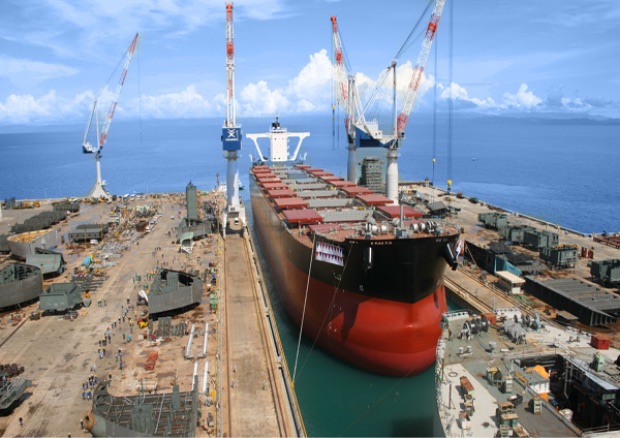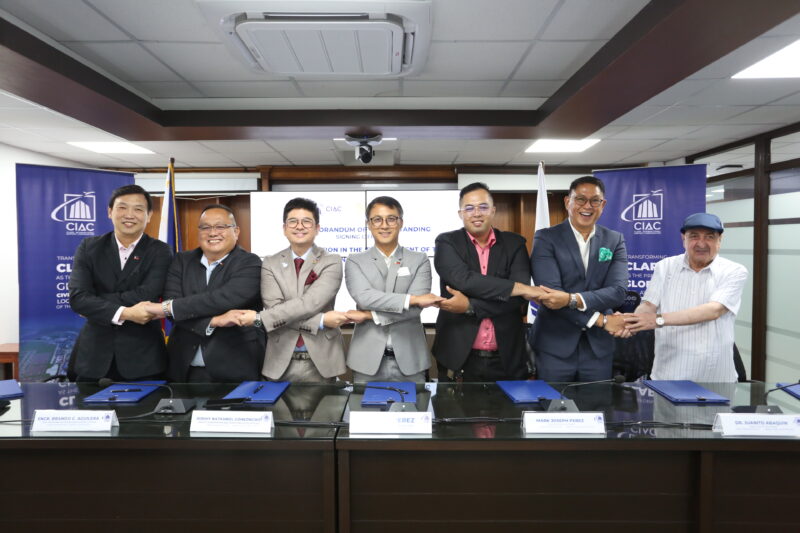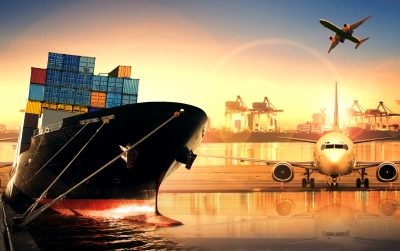-
Locally-made ships for domestic use saw a year-on-year decline in 2023
-
Imports of brand-new and second-hand vessels, however, recorded a surge
-
There were 270 locally-constructed ships for domestic use in 2023, a 41.7% drop from 463 built in 2022
-
Imports of brand-new and secondhand vessels surged 708% to 582 ships in 2023 from only 72 imports in 2022
-
The number of locally-constructed ships for export in 2023 and 2022 was the same at 22 but a decline from 29 ships in 2021
Locally-constructed ships for domestic use saw a year-on-year decline while imports of brand-new and second-hand vessels recorded a surge in 2023, according to the Maritime Industry Authority (MARINA).
There were 270 locally-constructed ships for domestic use in 2023, a 41.7% drop from the 463 built in 2022, according to the presentation of MARINA Shipyards Regulation Service engineer II Marco Dela Cruz during the MARINA Technical Conference at the recent Philmarine 2024 Expo.
The 2023 figure was also a huge drop from the 1,232 recorded in 2019.
In contrast, imports of brand-new and second-hand vessels surged 708% to 582 ships in 2023 from only 72 imports in 2022.
The number of locally-constructed ships for export in 2023 and 2022 was the same at 22 but a decline from 29 ships in 2021.
Dela Cruz said the preference for imported ships for domestic use over locally-constructed ones is one of the challenges faced by the local shipbuilding sector, and is a result of government offering tax incentives for importation while there is “absence of government incentives to sustain SBSR (shipbuilding and ship repair) activities.”
Local shipyard equipment, facilities and technologies also “remain old and outmoded, affecting shipyard productivity.” Class C shipyards in country, in particular, “badly need to upgrade a lot of their equipment and facilities,” Dela Cruz said. Class C shipyards are those capable of building and repairing ships with a maximum length of 80 meters.
He added that only large shipyards or those with foreign partners have more advanced and updated facilities, machinery, and equipment.
Dela Cruz noted, however, that most shipyards have expressed their “eagerness to introduce new technologies for the upgrading and modernization of their facilities.”
The availability of supply of basic machineries, equipment and spare parts used for SBSR is also a challenge.
Environmental hazard is yet another challenge since by nature, the SBSR industry–particularly Class C shipyards–is a big contributor to pollution.
Other challenges include inadequate training program for workers, as well as brain drain, and lack of private sector or industry participation.
One of the ways forward, Dela Cruz said, is the adoption of a whole-of-nation approach in the formulation and revisiting of relevant laws and government policies regulating the SBSR sector.
He said there should be harmonization of policies to strengthen the SBSR sector and institute measures to promote its growth and development.
There is also a need to raise awareness on the existing SBSR-related financing programs and incentives offered by government institutions, such as the Board of Investments and Development Bank of the Philippines.
Another program is to develop “fit-for-purpose” ship design based on the requirements of domestic shipping sector, taking into consideration maritime safety, security, and marine environment protection. Relatedly, “fit-for-purpose” training programs or SBSR workers should be conducted.
There should also be collaboration with concerned local government units on the establishment of eco-marine industrial parks for the clustering and consolidation of all maritime-related services. SBSR ancillary services such as the steel industry should also be developed.
Further, an updated database system on the capacity and capability of the SBSR sector should be developed while MARINA’s Maritime Industry Development Plan, which vision includes the increase capacity and production of the SBSR industry, should be implemented.
Still, Dela Cruz said the Philippines is an ideal location for SBSR activities, with its continuing demand for water transport being an archipelago, as well as its pool of trained shipyard professionals and workers, liberal policies allowing for 100% foreign ownership, and long history of shipbuilding, seafaring, and fishing. The country also has protected areas with calm waters and moderate winds, have adequate space and water depth, have sea channels for sea trials, and areas that are not in close proximity to communities.
Currently, there are 123 shipyards registered and licensed by MARINA. Of the total, eight are Class A (capable of building and repairing ships with minimum length of at least 130 meters), 20 are classified as Class B (capable of building and repairing ships with a maximum length of 129 meters), and 95 are classified as Class C.
Of the 123 shipyards, 45 SBSR entities are in the National Capital Region and Region 3. These areas also have the largest number of Class A and Class B shipyards, with three and eight, respectively.
De Leon said MARINA’s most recent data shows there are 186 main yard facilities and 112 slipways.
Almost 70% of shipyards, particularly Class C shipyards, use slipways for repair and drydocking as of 2021. Most passenger and shipping vessels are repaired by Class C shipyards.
Most of the larger assets such as synchrolift, graving docks, and floating docks are owned by Class A and Class B shipyards. There are currently tree synchorlifts, five graving docks, and 14 floating docks in the country.
Aside from these drydock facilities, there are also 52 building yards used for ship construction. – Roumina Pablo
READ: Locally constructed vessels expected to rise 20% this year









